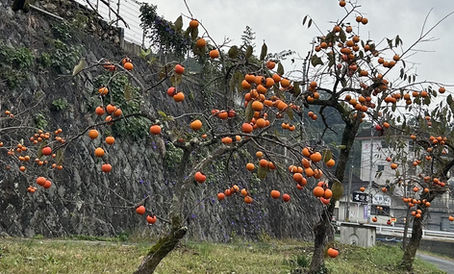"Tokyo-daijingu" Shinto shrine is said to answer prayers for matchmaking.
- Masahisa Takaki

- May 6, 2022
- 1 min read
Updated: May 23, 2022
"Hibiya-daijingu" Shinto shrine, built near Yurakucho in the heart of Tokyo in 1880, is the origin of this shrine. As the capital of Japan was moved from Kyoto to Tokyo in 1869, the distance between the new capital and "Ise-jingu" shrine turned out to be farther than the old capital. It is said that Ise-jingu in Mie Prefecture is the most important guardian spirit of all Japanese people. In order to cover this disadvantage in distance, Hibiya-daijingu shrine was built near the Imperial Palace as the branch shrine of Ise-jingu. The wedding ceremony of the Emperor Taisho, the father of the Emperor Showa "Hirohito", was held in Shinto-style in 1900, and this became the prototype of Shinto weddings in Japan. Before this wedding, there were no full-scale wedding ceremonies based on any religion, but a simple wedding celebration held at a groom's parents' home with their relatives and friends. In the process of the modernization of Japan since the late-19th century, the Shinto wedding procedures were invented following the Christian-style wedding in the Western countries. Shinto-style weddings had been rooted in this Hibiya-daijingu shrine, however, the Great Kanto Earthquake destroyed this shrine in 1923. Soon after the tragedy, Hibiya-daijingu was reconstructed in Iidabashi, present place, in 1928, and was renamed Tokyo-daijingu. Tokyo-daijingu shrine started to disseminate the Shinto-style weddings across the country. The Shinto-style wedding is the most popular wedding style in Japan together with the Western-style one. Thus, Tokyo-daijingu has become a sprit of matchmaking, and keeps on attracting many young girls dreaming a happy wedding, day after day.
Licensed tour guide, travel consultant,
Masahisa Takaki.
全国通訳案内士 高木聖久。







Comments